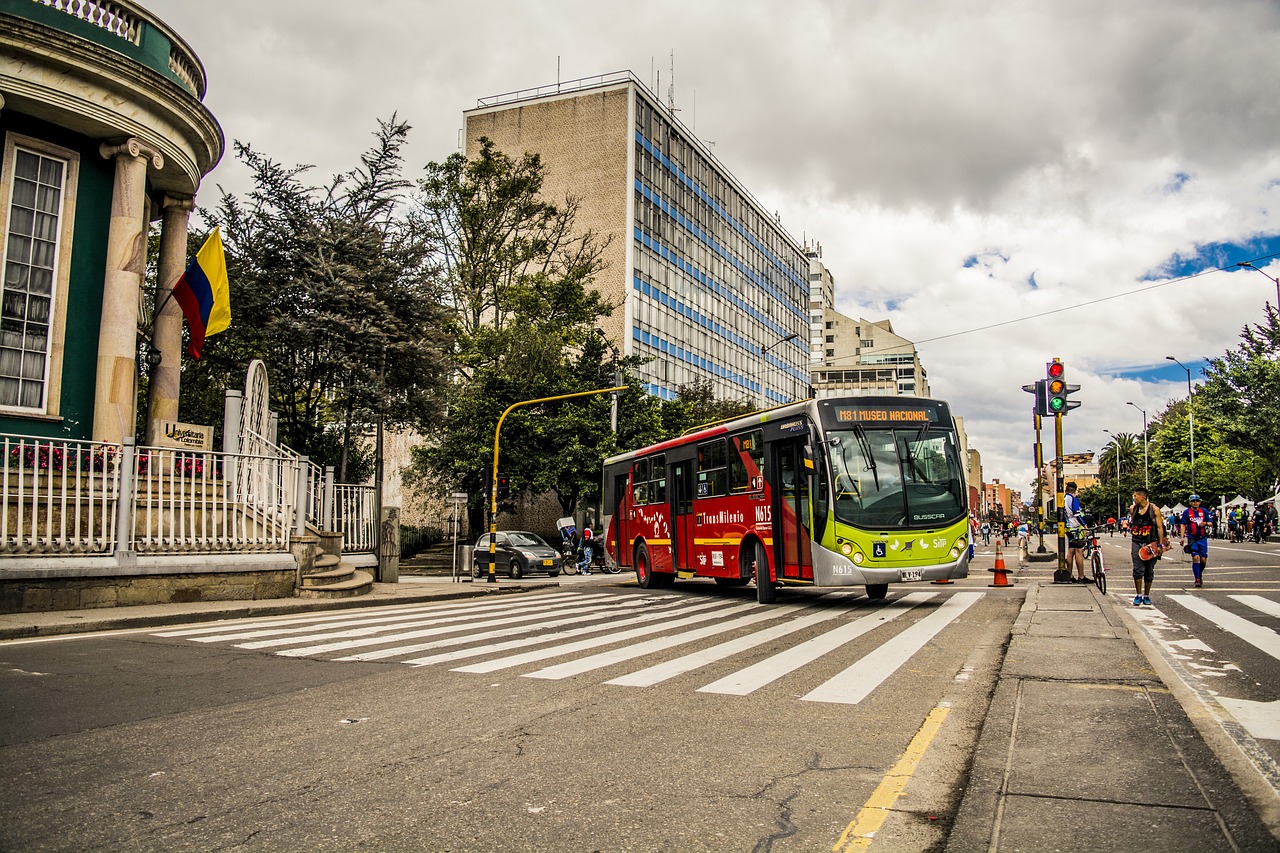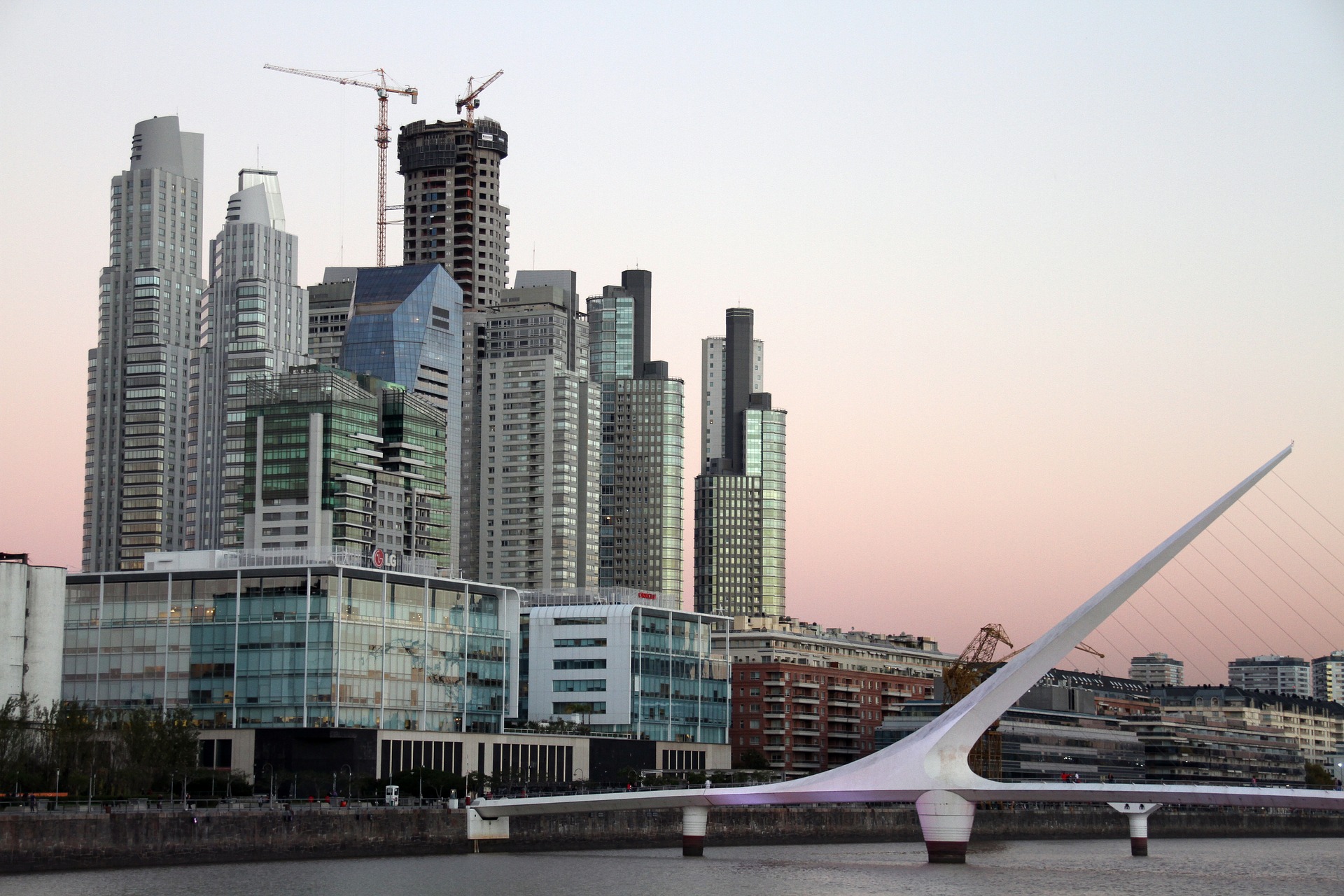Colombia is one of Latin America’s biggest economies, yet traditional e-commerce has struggled to take a hold due to complex logistics challenges such as Colombia’s mountainous geography and lack of integration with international markets. Furthermore, many consumers in Colombia are still wary of online retail platforms and until recently, payments systems did not offer any options for the unbanked.
All that began to change when Rappi entered the market. Founded in 2015 as a grocery delivery service, Rappi has gone on to raise millions of dollars from US investors such as Y Combinator and Andreessen Horowitz for its intuitive app that allows users to order just about anything to their doorstep.
Rappi gained millions of users in Colombia and Mexico, as its founders quickly tackled issues like delivery logistics and offline payment systems that had long stumped e-commerce companies in Latin America. Rappi deliveries offer an immediacy that has helped skeptical consumers place their trust in online commerce. Furthermore, their cash-on-delivery payments system democratized mobile and electronic purchasing in Colombia and Mexico, where credit and debit cards remain relatively rare. (more…)



